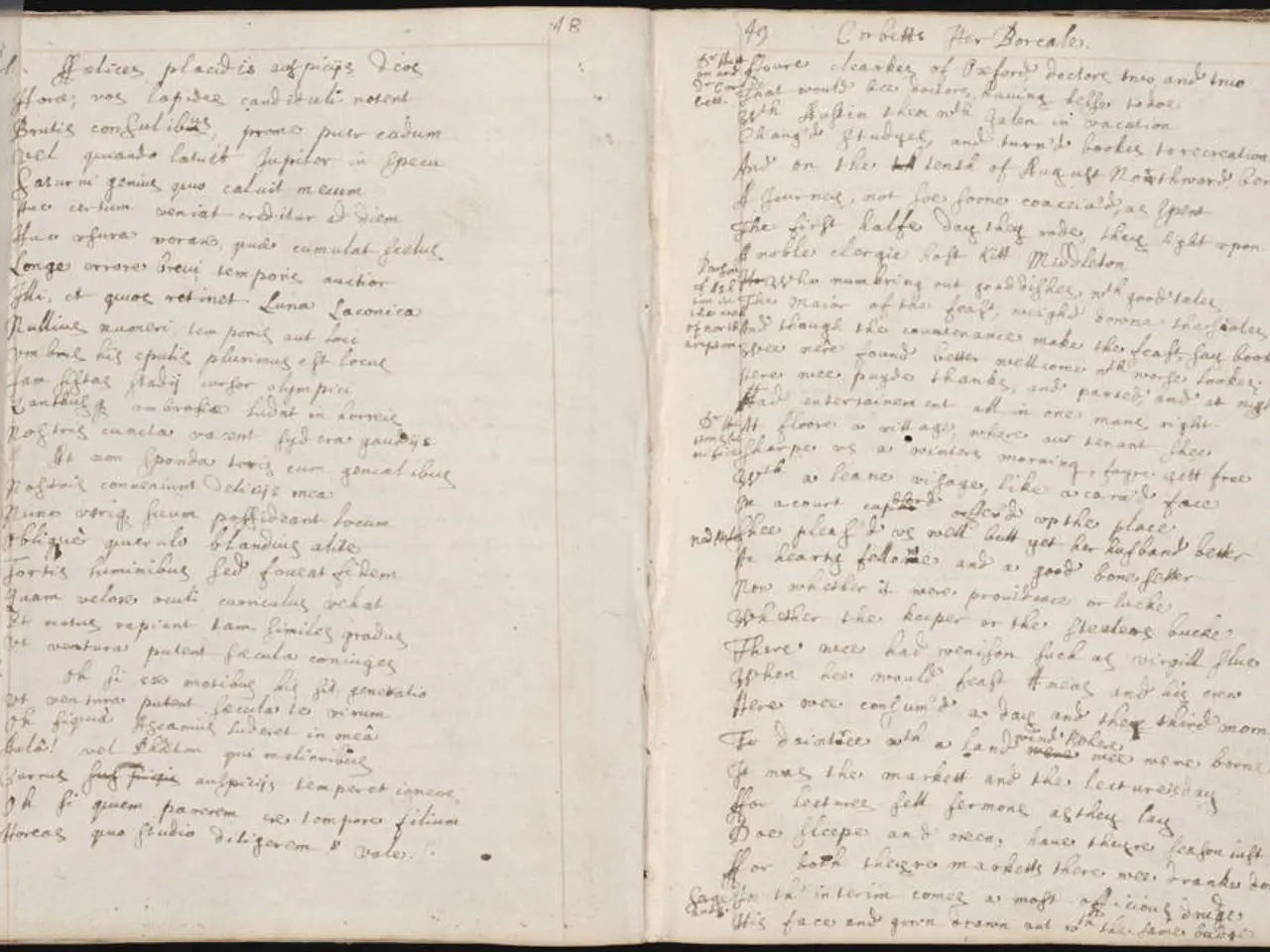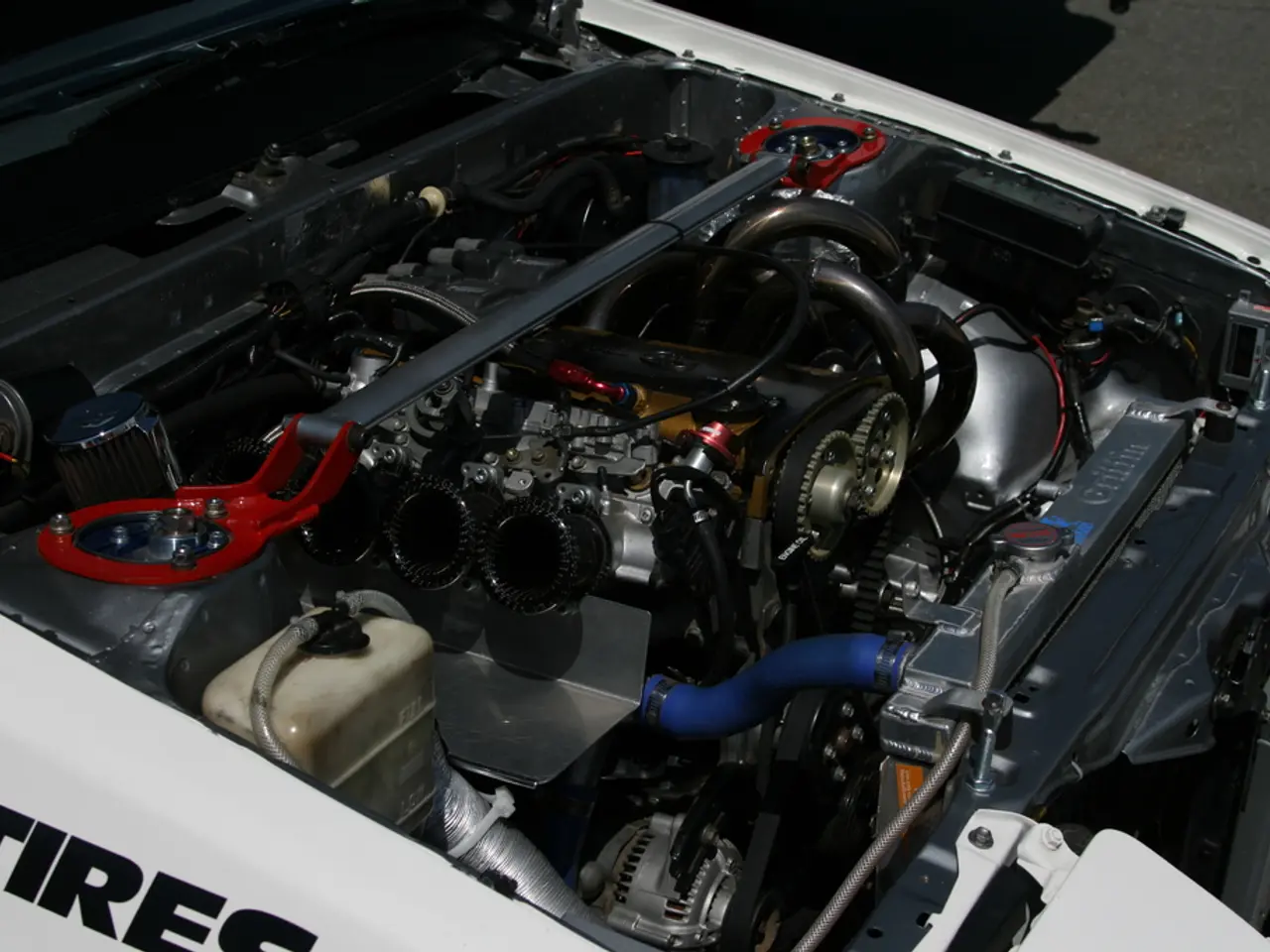Top-tier Mirrorless Cameras Ideal for Astrophotography in 2025
In the realm of astrophotography, mirrorless cameras have emerged as a popular choice among photographers, thanks to their versatility and advanced features. Based on data and analysis from the past 7 years related to the Astronomy Photographer of the Year competition and current expert reviews up to mid-2025, here are the top picks for mirrorless cameras for astrophotography:
1. Nikon Z8
Considered the best overall mirrorless camera for astrophotography, especially for experienced professionals, the Nikon Z8 boasts a 45.7MP stacked sensor with excellent low-light performance and astro-specific features. This combination makes it ideal for capturing high-detail night sky images.
2. Sony A7S III
Highly praised for night sky photography, the Sony A7S III offers superb noise control and dynamic range. Its advanced autofocus and real-time tracking support precision in near darkness, making it a reliable choice for astrophotography. The camera's sturdy build and weather sealing also make it suitable for demanding outdoor astrophotography sessions. Moreover, it excels in video and time-lapse celestial event capture.
3. Sony A7 IV
The Sony A7 IV is a strong all-rounder with a 33MP sensor and excellent high ISO performance. Its reliable autofocus is useful for capturing stars and other faint celestial objects, making it a versatile choice for various photographic genres, including astrophotography.
4. Panasonic Lumix S5
A hybrid full-frame mirrorless camera, the Panasonic Lumix S5 balances exceptional image quality and portability. Its 24.2MP sensor with dual native ISO offers flexibility and clean images under low light, making it a good choice for astrophotographers looking for a lightweight yet capable camera.
It's worth noting that star tracker mounts like the Sky-Watcher Star Adventurer Mini can enhance performance by enabling longer exposures without star trails, complementing these cameras. Specialized astro-modified mirrorless setups, such as those mentioned in astrophotography competitions using ZWO ASI2600MM Pro combos, indicate that mirrorless bodies are increasingly being adapted for astrophotography alongside dedicated astronomy cameras.
In summary, for astrophotography competition-level work over the past 7 years, the Nikon Z8 stands out as the top professional mirrorless camera, with the Sony A7S III and A7 IV closely following as excellent all-rounders, supported by specialized star trackers and modifications for best results. The Panasonic Lumix S5 suits users prioritizing compactness with solid image quality.
As for the current trends, the Sony A7 III, despite having the lowest resolution among the A7 series, is the top pick for astrophotography in 2025. The Sony A7C, the smallest and lightest full frame mirrorless camera in the A7 series, is targeted at beginners and lacks some advanced features. The Canon EOS R8, being the cheapest full frame mirrorless camera available, is a budget-friendly option, while the Nikon Zfc and Nikon Z5 offer more affordable full frame mirrorless models from Nikon. The Nikon Z9, a high-end camera with improved 8k video performance, is probably overkill for astrophotography.
References:
- ExpertReviews
- DPReview
- Sky-Watcher
- AstroBackyard
- Nikon USA
- The Nikon Z8, renowned for its astro-specific features and high-detail night sky imaging capabilities, has emerged as the top pick for mirrorless cameras for astrophotography amongst professionals.
- The Sony A7S III, praised for its superior noise control and dynamic range in low-light conditions, is a reliable choice for astrophotographers due to its advanced autofocus and real-time tracking.
- As a strong all-rounder, the Sony A7 IV, with its promising high ISO performance and reliable autofocus, offers versatility for various photographic genres, including astrophotography.
- The Panasonic Lumix S5, a hybrid full-frame mirrorless camera, showcases exceptional image quality and portability, making it a good choice for astrophotographers seeking a lightweight yet capable camera.
- Star tracker mounts, such as the Sky-Watcher Star Adventurer Mini, can boost performance in astrophotography by enabling longer exposures without star trails, enhancing the capabilities of these top-pick mirrorless cameras.




